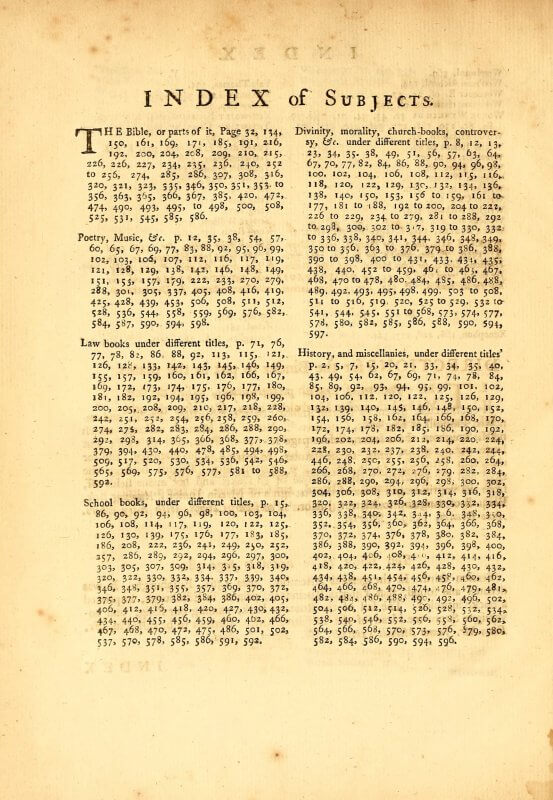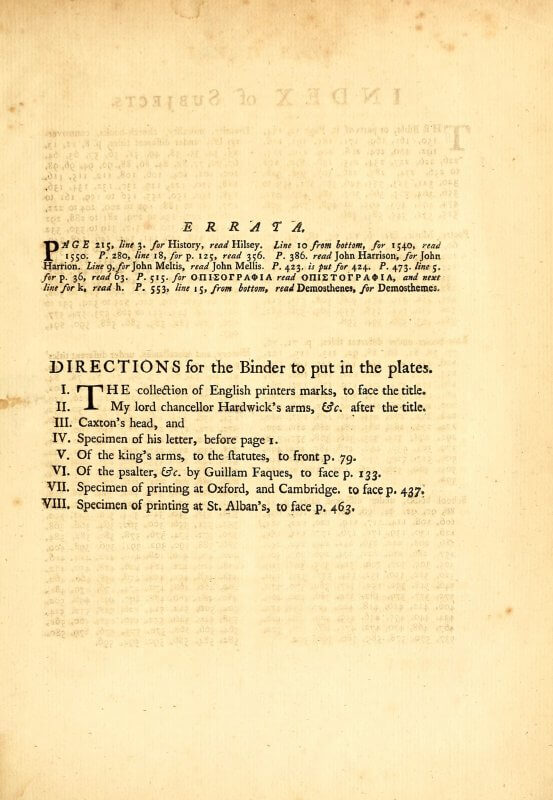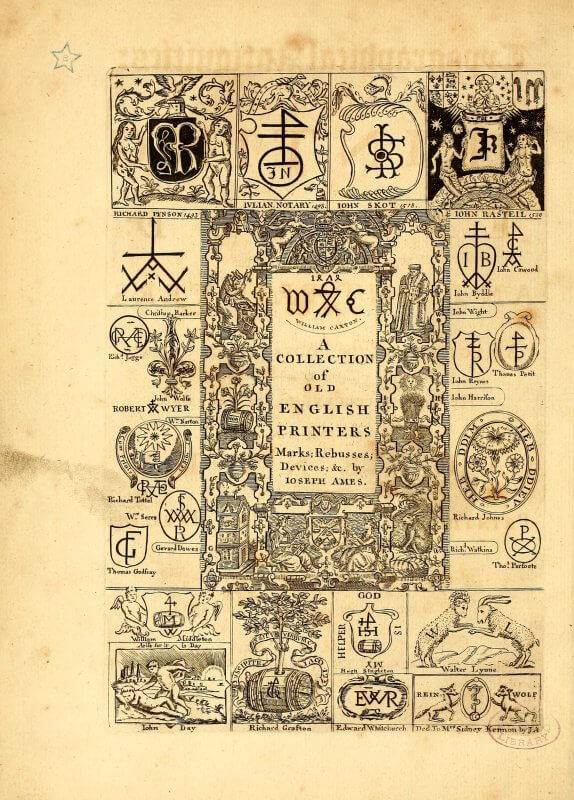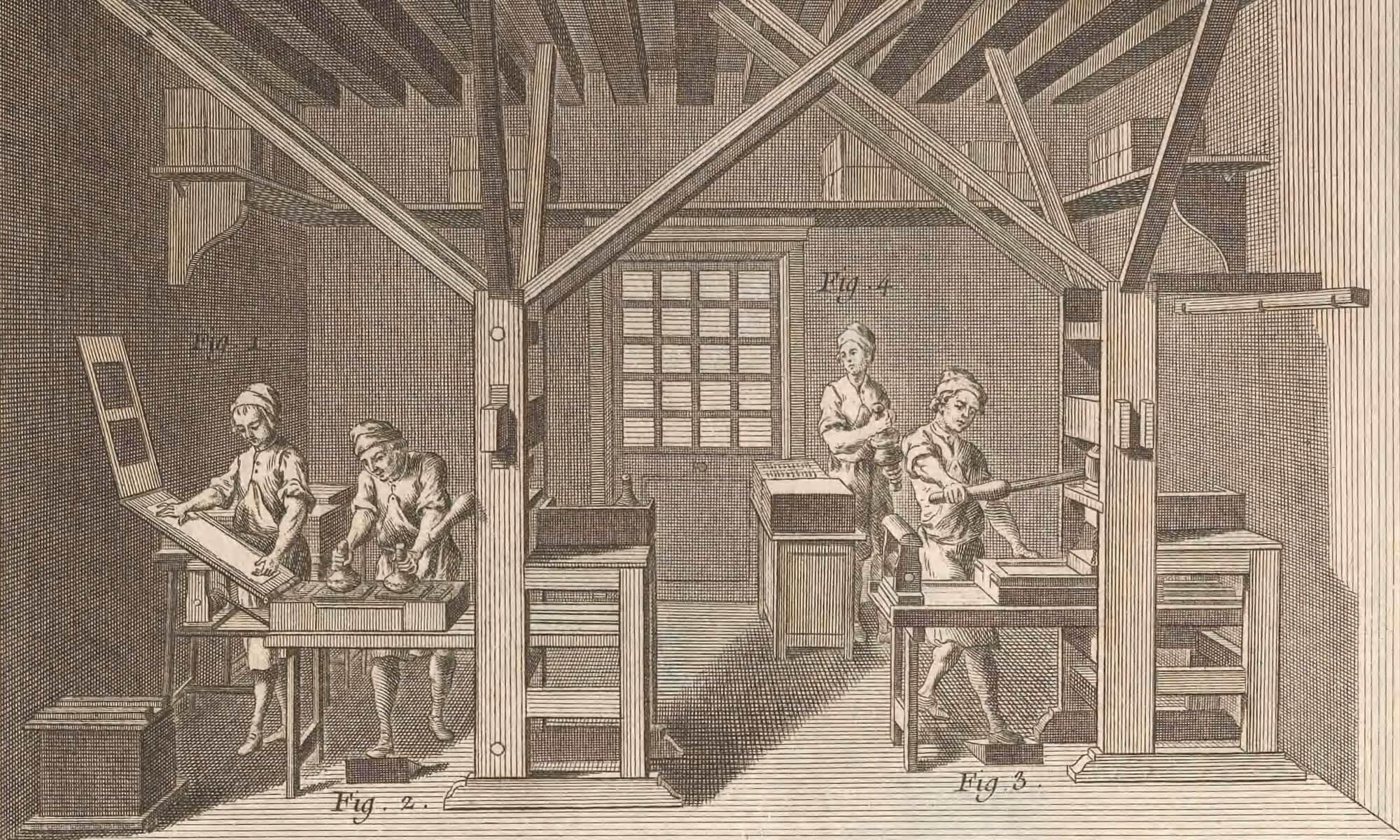Ames, Typographical antiquities, 1749 ([A]1r)

Ames, Typographical antiquities, 1749 (4I3v)

Ames, Typographical antiquities, 1749 (4I4r)

Ames, Typographical antiquities, 1749 (4I4v)

Ames, Typographical antiquities, 1749 (a1r)

Ames, Typographical antiquities, 1749 (frontis.)

